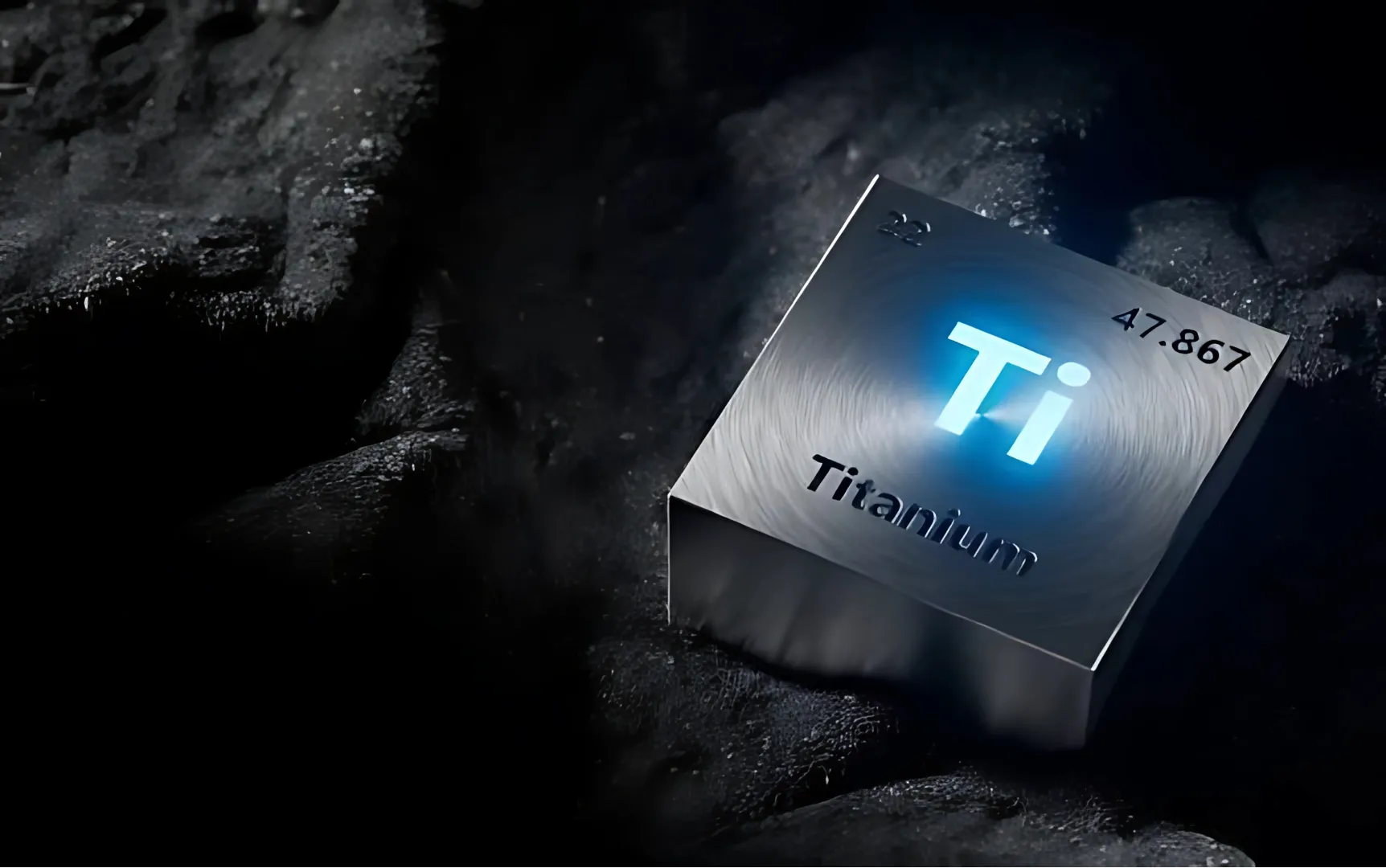

Titanium recycling has become an increasingly important aspect of the aerospace and metallurgical industries due to the high value and limited availability of titanium (Ti) resources. Recycling technologies for titanium scrap are highly specialized and involve advanced methods to maintain the metal’s integrity and purity, especially in aerospace applications where stringent material standards must be met.
In the aerospace industry, titanium scrap generation is particularly high. About 80% to 90% of the initial titanium ingot is turned into scrap during the manufacturing of aircraft components such as engine parts and structural elements. The high volume of scrap represents both a challenge and an opportunity to recover valuable material.
The aircraft industry is a significant source of titanium (Ti) scrap, primarily due to the extensive use of Ti alloys like Ti-6Al-4V (Ti 6-4, ASTM Grade 5) in aircraft structures. In 2015, approximately 180,000 tons of Ti sponge were produced via the Kroll process, with 80,000 tons used in the aircraft industry. Ti alloys are favored for their high specific strength, corrosion resistance, and compatibility with carbon fiber-reinforced plastics (CFRP), which are now prevalent in modern aircraft such as the Boeing 787.
The Boeing 787, for example, incorporates around 12 tons of Ti alloy parts, especially for critical components like the main wing attachment. During the manufacturing of these parts, about 80-90% of the raw Ti alloy ingot becomes scrap, primarily in the form of swarf (cutting chips or turnings). For each Boeing 787, approximately 100 tons of Ti scrap is generated, highlighting the massive amount of material that can be recycled in the aerospace industry.
This scrap is collected, cleaned, and then re-melted. However, the recycling process increases the concentration of oxygen (O), which is a critical impurity. Therefore, high-grade Ti ingots cannot be made solely from recycled scrap. Instead, Ti scrap is typically remelted with virgin Ti sponge, which has a lower oxygen content, to produce usable alloy ingots.
The United States plays a central role in the global Ti recycling industry, importing a large quantity of Ti scrap for recycling into alloy ingots. The high demand for recycled Ti in the aerospace sector underscores the need for expanding remelting facilities in other countries to support global recycling efforts.
Titanium recycling relies on advanced remelting technologies to reduce impurities and ensure that recycled material meets the required specifications for high-performance applications. The most common remelting methods include:
Challenges in Titanium Recycling
One of the main challenges in recycling titanium is controlling the levels of oxygen and iron contamination, which can compromise the quality of the recycled titanium. Aerospace applications, in particular, require extremely low impurity levels. Although there are ASTM standards that regulate these impurities, tighter restrictions are often applied in practice. For instance, the upper limits for oxygen and iron in titanium alloys used in aerospace applications are often half or even a quarter of the standard values.
Titanium scrap from unknown sources or with high impurity levels is typically downcycled into ferrotitanium for use in steelmaking. This is because such low-grade scrap cannot be used in high-performance applications without significant purification. To reuse titanium scrap in its original high-grade form, advanced refining methods must be applied to reduce impurities to acceptable levels.
As the demand for recycled titanium increases, new technologies are being developed to improve the efficiency and effectiveness of titanium recycling. Some of the most promising methods include:
As global demand for titanium increases, especially in industries such as aerospace, the need for efficient and scalable titanium recycling methods is becoming more pressing. Innovations in refining techniques that can remove impurities like oxygen and iron more effectively will be crucial for increasing the recycling rate of titanium scrap. If low-cost methods for impurity removal can be developed, the use of scrap for re-melting into new ingots will increase, making titanium recycling more economically viable and environmentally sustainable.
At Quest Alloys& Metals, we specialize in the advanced recovery and recycling of titanium scrap. Our expertise allows us to handle even the most challenging titanium recycling tasks, including managing oxygen and iron contamination, which are critical for producing the highest-grade titanium products.